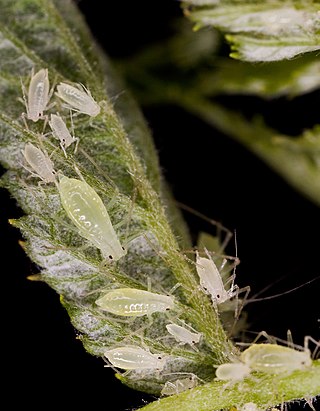
The buntings are a group of Old World passerine birds forming the genus Emberiza, the only genus in the family Emberizidae. The family contains 45 species. They are seed-eating birds with stubby, conical bills.

Salamandridae is a family of salamanders consisting of true salamanders and newts. Salamandrids are distinguished from other salamanders by the lack of rib or costal grooves along the sides of their bodies and by their rough skin. Their skin is very granular because of the number of poison glands. They also lack nasolabial grooves. Most species of Salamandridae have moveable eyelids but lack lacrimal glands.
Samuel Storey, Baron Buckton, known as Sir Samuel Storey, 1st Baronet, from 1960 to 1966, was a British Conservative politician.

Cheiracanthium, commonly called yellow sac spiders, is a genus of araneomorph spiders in the family Cheiracanthiidae, and was first described by Carl Ludwig Koch in 1839. They are usually pale in colour, and have an abdomen that can range from yellow to beige. Both sexes range in size from 5 to 10 millimetres. They are unique among common house spiders because their tarsi do not point either outward, like members of Tegenaria, or inward, like members of Araneus), making them easier to identify. The name is a reference to the backwardly directed process on the cymbium of the male palp. The species epithet is derived from the Greek Ancient Greek: χείρ, romanized: cheir, meaning "hand", and Acanthium, a genus of thorny-stemmed plants.

Dyspnoi is a suborder of harvestmen, currently comprising 43 extant genera and 356 extant species, although more species are expected to be described in the future. The eight families are currently grouped into three superfamilies: the Acropsopilionoidea, Ischyropsalidioidea, and Troguloidea.

The Cladonychiidae are a small family of harvestman with about 33 described species, within the suborder Laniatores.

Brahmaea is a genus of moths of the family Brahmaeidae. Acanthobrahmaea, Brahmidia, and Brachygnatha are synonyms. Acanthobrahmaea has sometimes been considered a subgenus, describing an endemic relict species that only occurs in the vicinity of the Monte Vulture in Italy.
Propalticidae is a family of beetles, in the suborder Polyphaga. It contains two genera with the following species:

Cryptonatica is a genus of predatory sea snails, marine gastropod mollusks in the family Naticidae, the moon snails.
Echo is a genus of damselflies belonging to the family Calopterygidae. There are five species. A sixth, Echo maxima, is sometimes included, but it probably belongs to a different genus.

Trochosa is a large wolf spider genus found worldwide.

Phycosoma is a genus of comb-footed spiders that was first described by Octavius Pickard-Cambridge in 1880.

Sitobion is a genus of aphids in the family Aphididae. There are more than 80 described species in Sitobion.

Baryrhynchus is a genus of beetles in the family Brentidae.

Amphorophora is a genus of aphids belonging to the family Aphididae.

Dysaphis is a genus of aphids found in Europe, North America and Australia.
Pterocomma is a genus of true bugs belonging to the family Aphididae.
Centrotypus is a genus of true bugs belonging to the family Membracidae.

Pemphigus is a genus of true bugs belonging to the family Aphididae.














